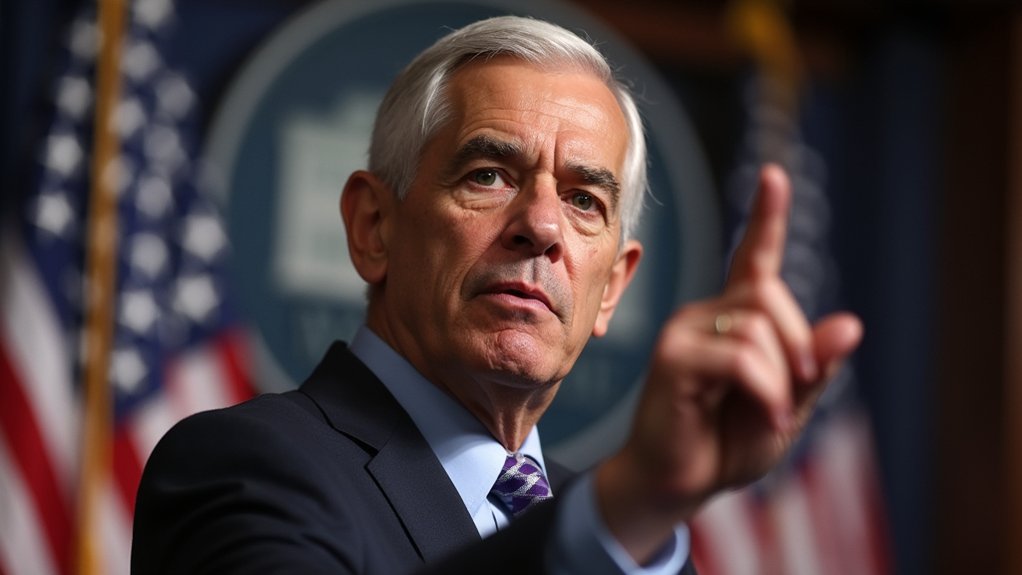While Tether has long positioned itself as the bedrock of cryptocurrency stability—a digital dollar that remains perpetually worth a dollar—the stablecoin giant now finds itself maneuvering an increasingly treacherous regulatory landscape that threatens to undermine the very foundations of its $120 billion empire.
The European Union’s Markets in Crypto-Assets regulation has delivered the first meaningful blow, mandating that stablecoins maintain 60% of their reserves in EU banks. Tether’s categorical refusal to comply triggered a domino effect: Binance and Kraken promptly delisted USDT across European markets, forcing the company to launch StablR, a euro-compliant alternative that fundamentally acknowledges the original product’s regulatory inadequacies.
Tether’s refusal to comply with EU banking requirements exposed fundamental flaws that even corporate spin cannot camouflage.
These compliance theatrics pale beside Tether’s more fundamental transparency issues. The company’s 2021 fine for misleading reserve claims revealed that merely 27.6% of outstanding tokens were backed by actual cash—a ratio that would make fractional reserve banking blush.
Despite claiming $115 billion in US Treasuries and $5.6 billion in excess reserves in their Q1 2025 report, no reputable accounting firm has ever audited these assertions. Tether controls 62% of all stablecoin volume, establishing an unprecedented dominance that makes the entire cryptocurrency ecosystem vulnerable to its operational decisions.
Tether’s recent $2 billion token minting on the Tron blockchain, cryptically labeled “authorized but not issued,” suggests preparation for either market stress or redemption pressure. Historical patterns link such massive minting events to crypto volatility, raising uncomfortable questions about cause versus effect in Tether’s operational strategy.
The company’s diversification efforts reveal ambitious scope: $1 billion earmarked for blockchain, AI, and biotechnology investments over twelve months, alongside partnerships in Uzbekistan and El Salvador targeting underbanked populations. Their expansion into the mining sector demonstrates this strategy through their acquisition of a controlling stake in Elemental Altus Royalty Corp for approximately $200 million.
Their substantial Bitcoin holdings—over 100,000 coins worth approximately $10.8 billion—generate mining industry influence through partnerships with companies like Hut 8 and American Bitcoin.
Yet these expansion plans unfold against backdrop of mounting operational pressures. Mining costs have surged 34% in Q2 2025 due to rising energy prices, while regulatory scrutiny intensifies globally. The proposed GENIUS Act would establish a comprehensive regulatory framework for payment stablecoins, potentially requiring Tether to undergo certification review processes and maintain reserves under strict oversight by federal regulators.
Tether’s $5 billion annual cash flow provides operational cushion, but the fundamental question persists: can a company that has never submitted to proper auditing maintain market confidence when regulatory pressure inevitably escalates beyond European borders?









